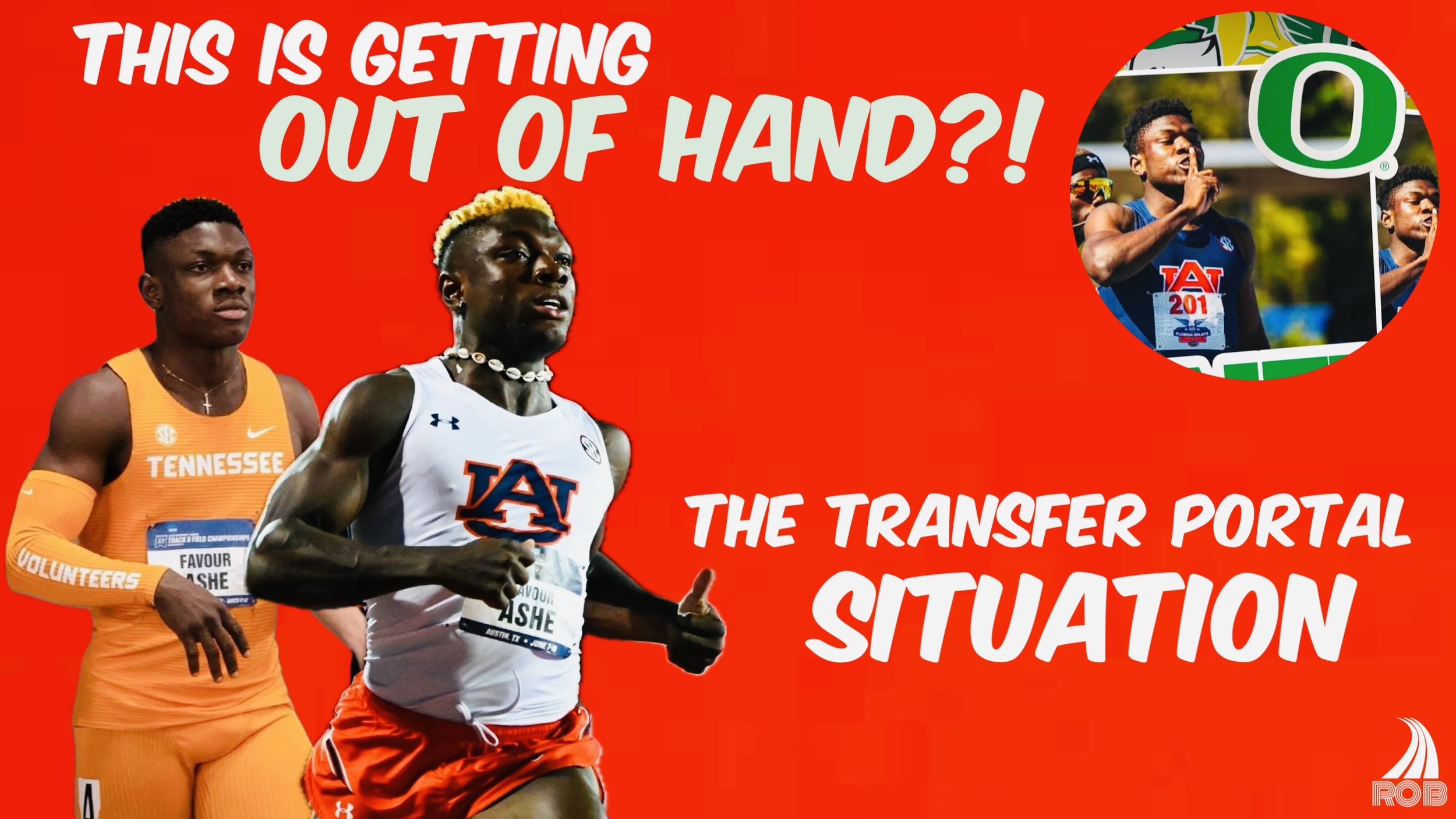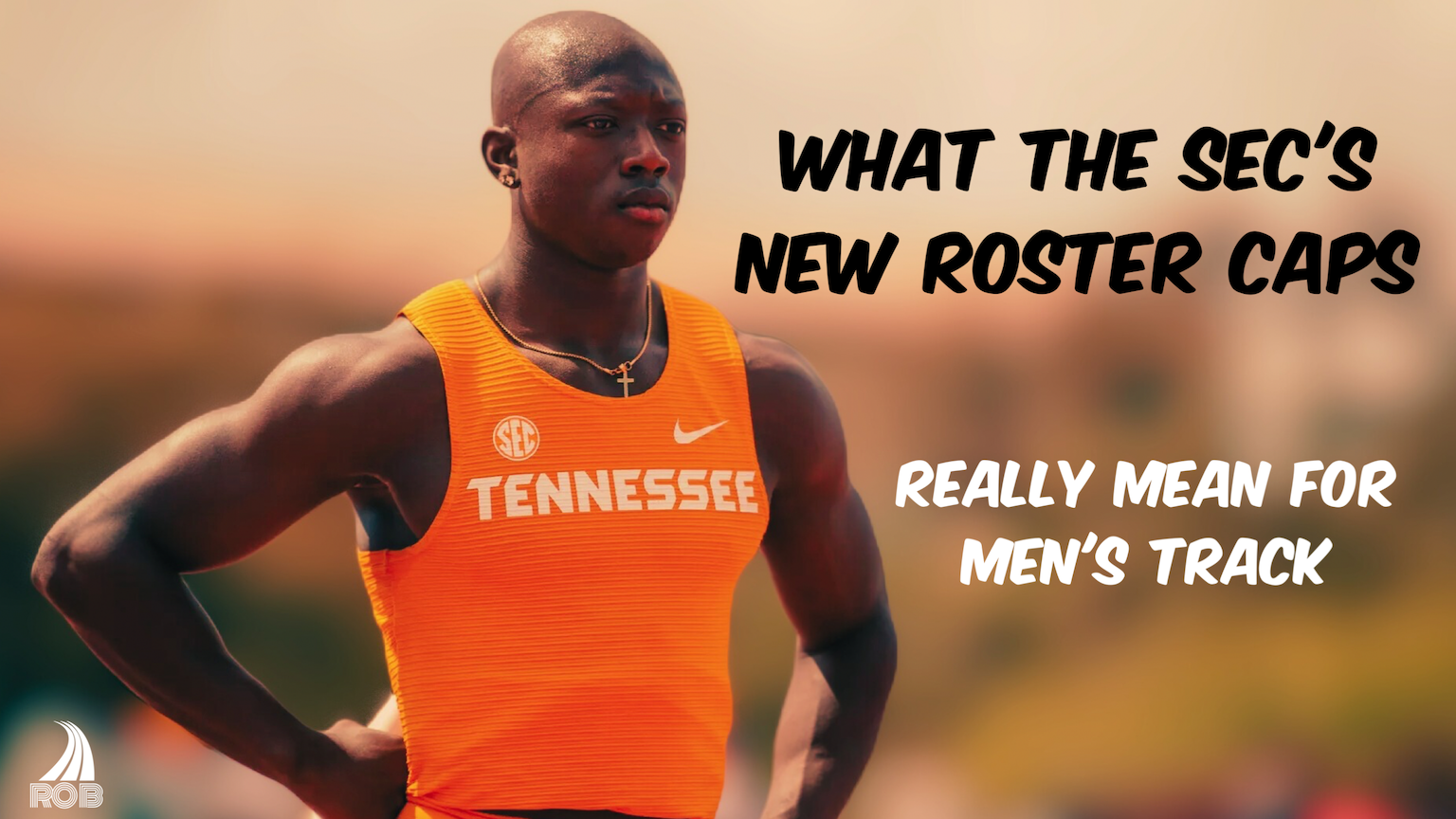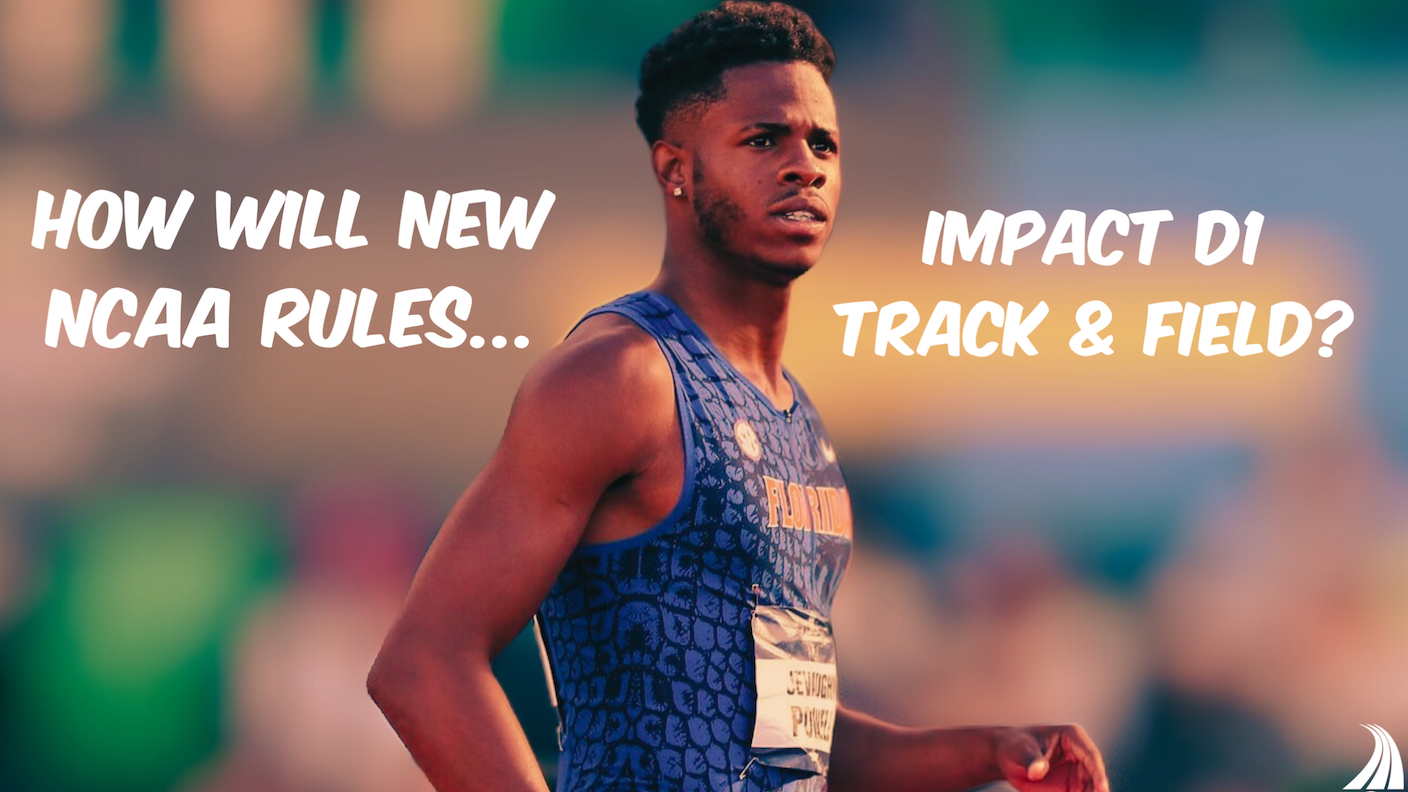
The SEC Indoor Champs Exposed the TRUTH about D1 Track and Field Recruiting
The SEC Indoor MEET showcased why the conference dominates NCAA track and field, with Olympians and top-tier recruits battling for titles. Despite attracting the nation’s fastest high school athletes, freshmen struggle to make an immediate impact in this ultra-competitive environment.

The Future of College Sports: Could A Professional Model Save Sports like Track and Field from Extinction?
College sports is at a turning point as NIL deals and revenue-sharing blur the line between amateur and professional athletics. With financial pressures threatening non-revenue sports, a professional model—where athletes receive salaries, sign contracts, and enter free agency—may ironically be the only way to sustain programs like track and field.

The Transfer Portal Shake-Up: How NCAA Rule Changes Are Reshaping Track and Field
The NCAA transfer portal and new eligibility rules are reshaping college track and field, making it harder for high school athletes to secure Division I scholarships. With coaches increasingly incentivized to pursue transfers, high school aged recruits will have to work even harder to stand out.

Quincy Wilson, NIL Deals, and the State of Track and Field
NIL is redefining athlete sponsorship, but it has had a unique impact on track and field. Elite athletes like Quincy Wilson now have new financial opportunities. But the impact for the majority of college track athletes is much more limited.

Saving College Track and Field: How to make the Sport TV Ready for a Revenue Sharing NCAA
The new NCAA revenue share model puts pressure on track and field to change. With reduced roster sizes coming in 2025 a new competitive model seems necessary. A revamped model that streamlines meets and emphasizes team success could potentially attract tv coverage, appeal to new fans, and save programs that are at risk of elimination.

College Track and Field is Under Siege! Can the Sport Survive NCAA Revenue Sharing?
College track and field is facing an existential crisis, with shrinking budgets, reduced scholarships, and program eliminations threatening its future. According to the USTFCCCA CEO, the sport must innovate or risk elimination.

The Real Champions: Why D1 Doesn’t have the Only Powerhouses in College Track and Field
The Florida Gators dominate Division I men’s track and field with multiple national titles, but D2 Pittsburgh State and D3 UW-La Crosse could challenge their supremacy. By comparing top performances across NCAA divisions, this analysis suggests that depth across all events—not just elite individual talent—defines the best college track and field team.

What will happen to Men’s College Track and Field with the SEC’s New Roster Cap?
The SEC’s new roster cap for men’s track and field is set to reshape the landscape of the the sport. Reducing roster sizes could lead to a redistribution of talent across NCAA programs, creating new opportunities for smaller schools while shifting the dynamics of college track and field.

How will the NCAA’s new scholarship rules affect college track and field?
The NCAA has changed its rules for division 1 sports. It is clear that revenue sharing and the new scholarship rules exist in favor of big-time football. But what will happen to college track and field programs as a result? The truth is there will be a lot of unintended consequences.

How will the NCAA paying college athletes impact track and field?
The plan to pay the athletes is to share revenue that is generated, which unfortunately track and field struggles to do. So instead of paying the athletes, this will likely have very real consequences for track and field teams.

Is the Transfer Portal a Problem for College Track and Field?
The transfer portal has taken a college track and field world, that was already imbalanced and ruined it, not just for the smaller programs, but for everyone.

How much money do college track and field athletes make from “Name, Image, and Likeness”?
Name, image, and likeness is all about paying college athletes. However, if you are a college track athlete, you should be aware that you can’t pay people with NIL money that doesn’t exist.

Conference Realignment is a big problem for college track and field
The truth is that football is king when it comes to college sports, so whatever happens to the conferences is always in their best interest. Which also means it’s probably not a good idea for almost anybody else.

What if D3 MIT dueled D1 Florida in track and field?
Florida is the Division 1 national champion for outdoor track and field. So that makes them the best men’s track team in the country. But what would happen if they actually competed in a dual meet, with the Division 3 National champions?

Does AAU track prepare athletes for the Olympics?
What really happens to the fastest boys at the Junior Olympics? Do they go on to become NCAA champions and Olympic medalists?

The College Track and Field Problem, that the Florida Gators Solved
College track and field is so predictable that we might as well be watching a fast and furious movie. That’s because the scoring system for NCAA track and field is entirely broken. The only way to fix it is to change it.
